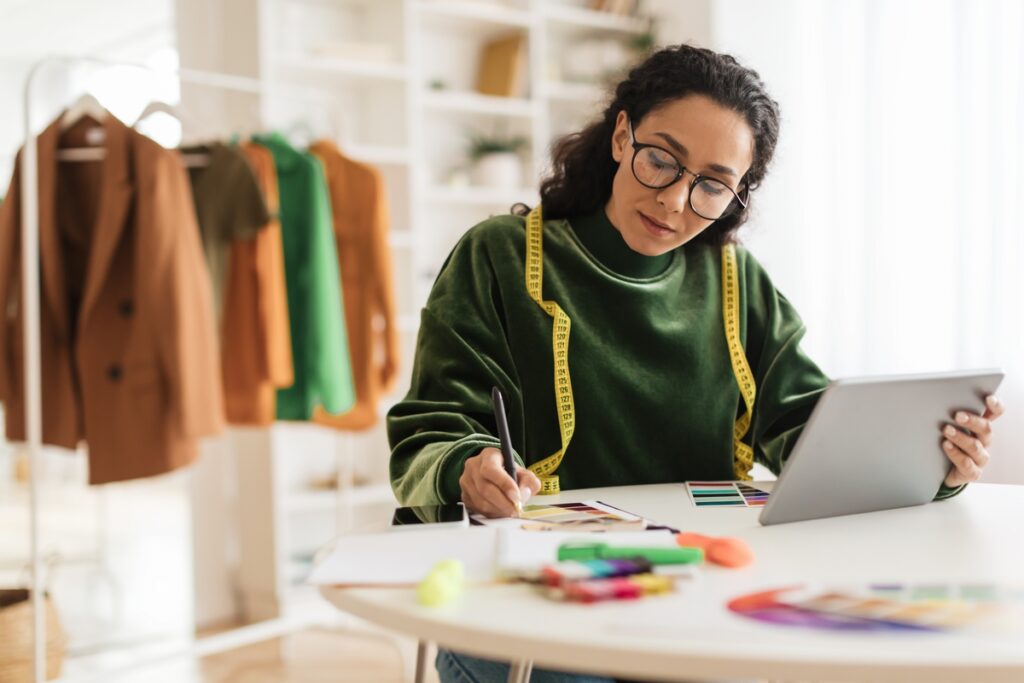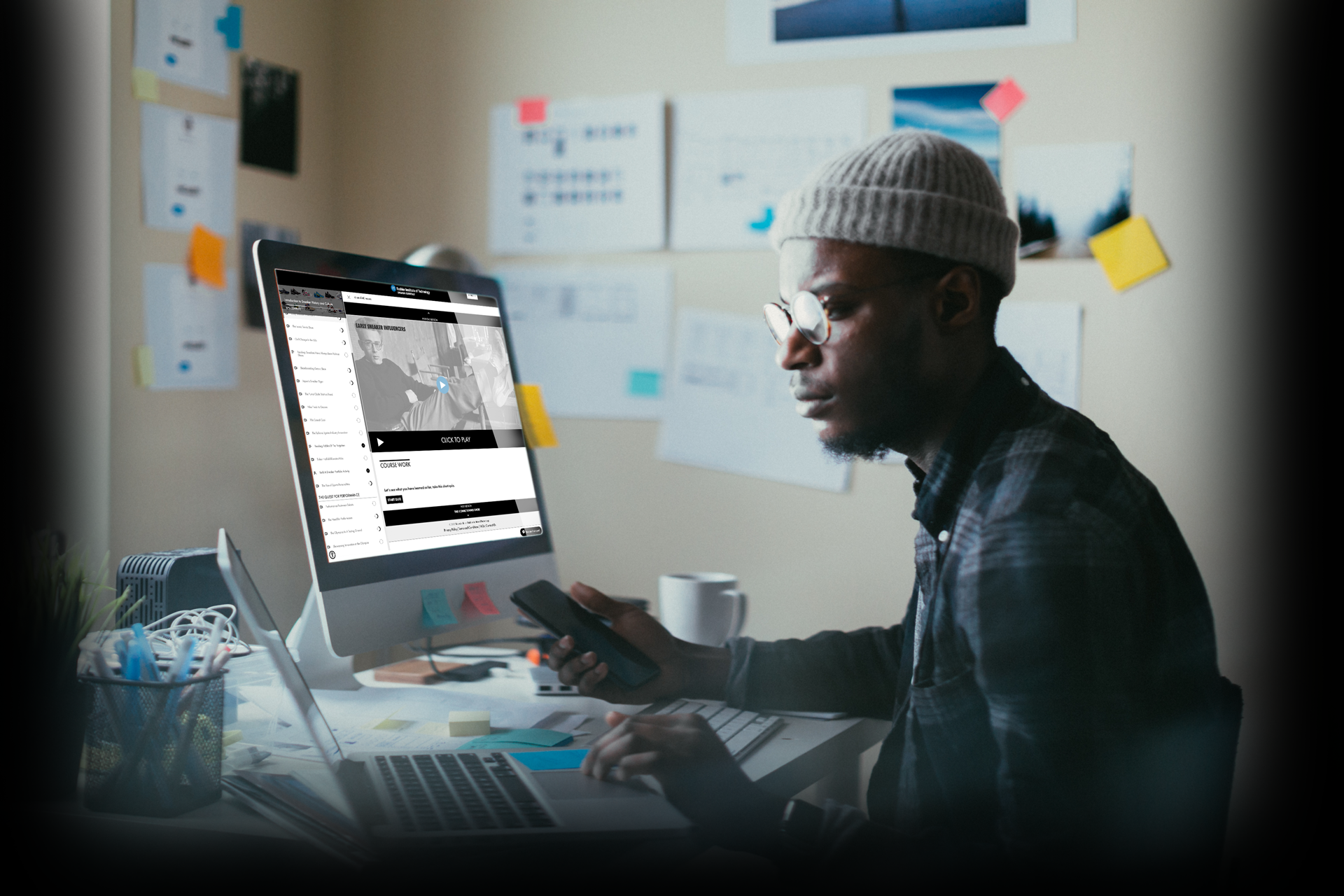Are you a fashion enthusiast with a passion for sewing? If you dream of becoming a stylist and want to enhance your skills in garment construction, this article is for you. Sewing plays a crucial role in the world of fashion, as it allows stylists to bring their creative visions to life. Whether you’re a beginner or an experienced stylist looking to improve your sewing techniques, we’ve got you covered. In this comprehensive guide, we will explore essential sewing skills, recommended tools and equipment, and helpful tips to help you excel in sewing for stylists.
1. Understanding Sewing Basics
Before diving into the world of sewing, it’s important to familiarize yourself with the basics. Start by learning about different types of stitches, seams, and fabric types. Understanding the properties of various fabrics will help you choose the right materials for your garments. Additionally, mastering essential sewing techniques such as threading a needle, operating a sewing machine, and sewing straight lines will set a strong foundation for your stylist journey.
2. Essential Sewing Skills for Stylists
As a stylist, there are specific sewing skills that you need to acquire to excel in your profession. One of the most important skills is pattern-making. By understanding how to create and modify patterns, you’ll have the ability to design unique garments tailored to your clients’ needs. Learning how to properly measure and fit garments is also crucial. This skill will ensure that your creations flatter the body and provide comfort to those wearing them. Additionally, knowledge of different sewing techniques like hemming, pleating, and gathering will allow you to add intricate details to your designs.
3. Recommended Tools and Equipment
To sew like a pro, you need the right tools and equipment by your side. Here are some essential items every stylist should have in their sewing kit:
- Sewing Machine: Invest in a high-quality sewing machine that suits your needs. Look for features like adjustable stitch length, automatic buttonholer, and multiple presser feet options.
- Scissors: A good pair of fabric scissors and smaller detail scissors are essential for cutting fabric and trimming threads.
- Measuring Tools: A tape measure, ruler, and a set of measuring gauges will help you achieve accurate measurements for your garments.
- Pins and Needles: Stock up on pins, sewing needles, and hand-sewing needles of various sizes. These will come in handy for securing fabric and hand-stitching details.
- Seam Ripper: Mistakes happen, and a seam ripper is a lifesaver when it comes to undoing stitches and fixing errors.
- Iron and Ironing Board: Pressing your fabric and seams is crucial for achieving professional-looking results. Invest in a good quality iron and a sturdy ironing board.
4. Tips for Successful Sewing
To elevate your sewing skills, consider the following tips:
- Practice Regularly: Like any skill, sewing requires practice. Set aside dedicated time to sew and work on improving your techniques.
- Start with Simple Projects: Begin with simple projects to build your confidence. As you progress, challenge yourself with more complex designs.
- Take Care of Your Machine: Regularly clean and maintain your sewing machine to ensure smooth operation and longevity.
- Experiment with Fabrics: Don’t be afraid to experiment with different fabrics to expand your knowledge and create unique garments.
- Learn from Others: Attend workshops, join sewing communities, or take online courses like the FIT Fashion Styling Foundations program offered by Yellowbrick to learn from industry experts.
By honing your sewing skills, you’ll have the ability to bring your creative visions to life as a stylist. Remember, practice makes perfect, so keep sewing and never stop learning. With dedication and perseverance, you’ll be well on your way to becoming a successful stylist in the fashion industry.
Key Takeaways:
- Sewing is a crucial skill for stylists, allowing them to bring their creative visions to life.
- Understanding sewing basics, such as different stitches, seams, and fabric types, is essential.
- Essential sewing skills for stylists include pattern making, garment fitting, and various sewing techniques.
- Having the right tools and equipment, such as a high-quality sewing machine, scissors, and measuring tools, is crucial for successful sewing.
- Tips for successful sewing include regular practice, starting with simple projects, taking care of your machine, experimenting with fabrics, and learning from others.
- Consider taking the FIT Fashion Styling Foundations online course and certificate program offered by Yellowbrick to further enhance your skills and learn from industry experts.



